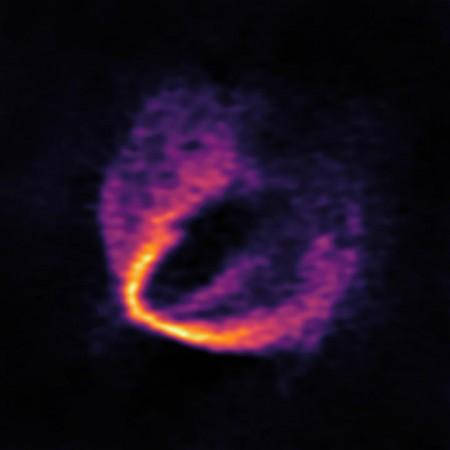
Even with advanced science and astronomy tools, it is quite hard to discover new planets. As planets are always surrounded with gas and dust which forms an atmosphere around them causing them hard to pinpoint in the vast galaxy. In the olden days, traditional methods were used to locate planets but these techniques don't work for the planets which are still developing.
However, two independent astronomers team one led by Teague from the University of Michigan and another led by Christophe Pinte of Australia's Monash University has unveiled reliable evidence that young planets in our galaxy have been found.
With the help of the most expensive ground-based telescope, the teams have found not one but three young infant planets in the constellation of Sagittarius.
All three planets orbit a star known as HD 162396, that is situated about 330 million light-years away from earth in the constellation of Sagittarius (The Archer).
Both teams used the telescope which worth is of $1.4 billion and is known by the name as Atacama Large Millimetre/submillimetre Array (ALMA). The astronomers studied the uncommon patterns in the flow of gas within a planet that forms disc around a young star.
Unlike previous discovery, these aren't some exoplanet that is usually found outside our solar system. Indeed, these planets are protoplanets – they are massive bodies of matter moving around a star which is still cooking to become a planet.
The masses of planets weigh same as Jupiter if not quite larger than it and move around a star which is also a new-born. HD 163296 is four million years old which may not be young but it is the thousandth age of our sun in the solar system.
Usually, rings and spirals are spotted to locate a planet but rings and spirals are not a necessity a to form a planet. This could be a misleading discovery and hence the astronomers found a new strategy to find a planet.
Instead of finding for the planet itself, they found for a subordinate way looking for how a planet affects its environment. Apparently, this method and the ALMA telescope can help astronomers discover young planets and also reveal the planet formation secrets which are still a mystery.
If you wish to study more about this discovery of young planets, two different papers have been published in the Astrophysical Journal Letters.

















